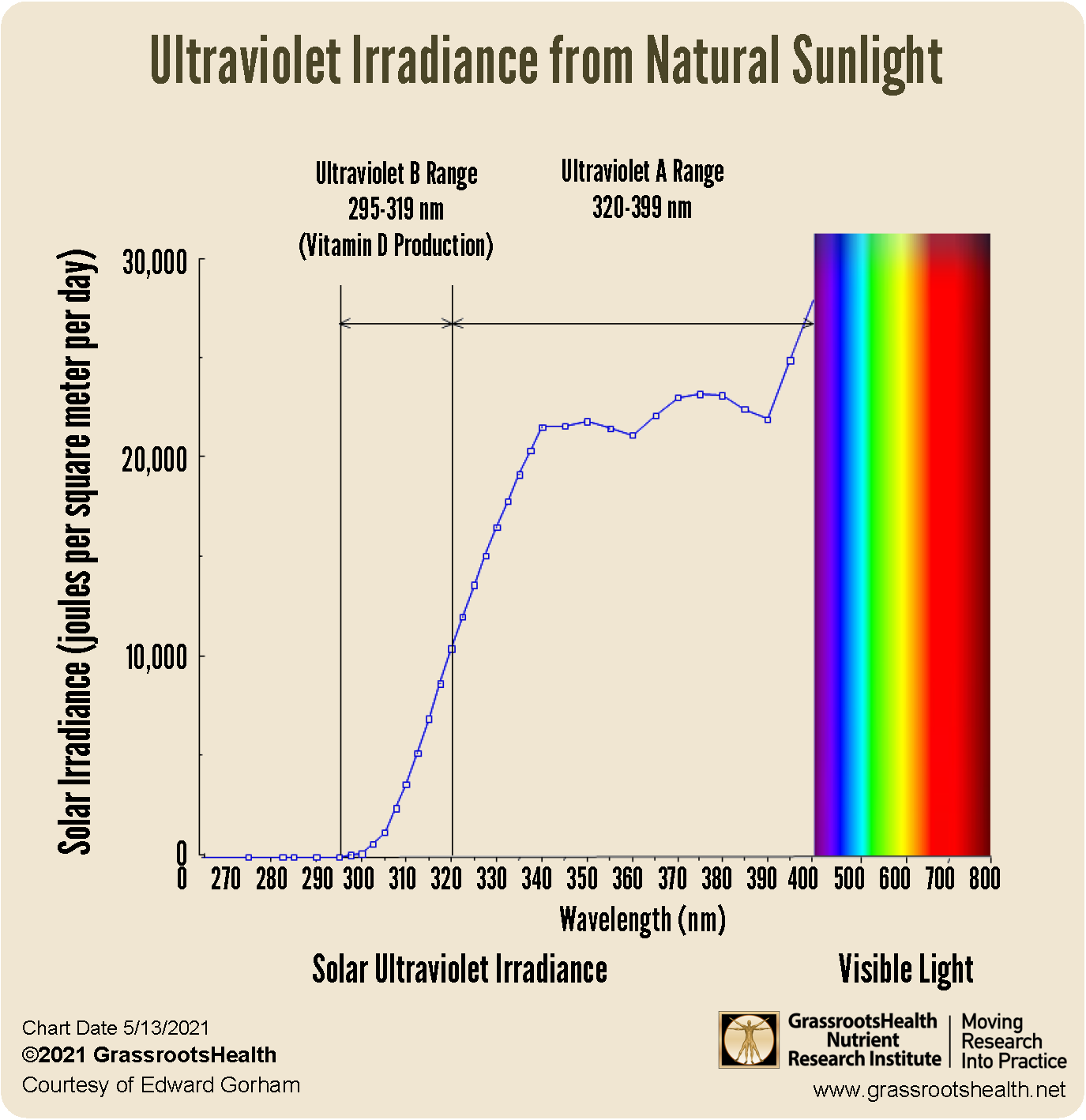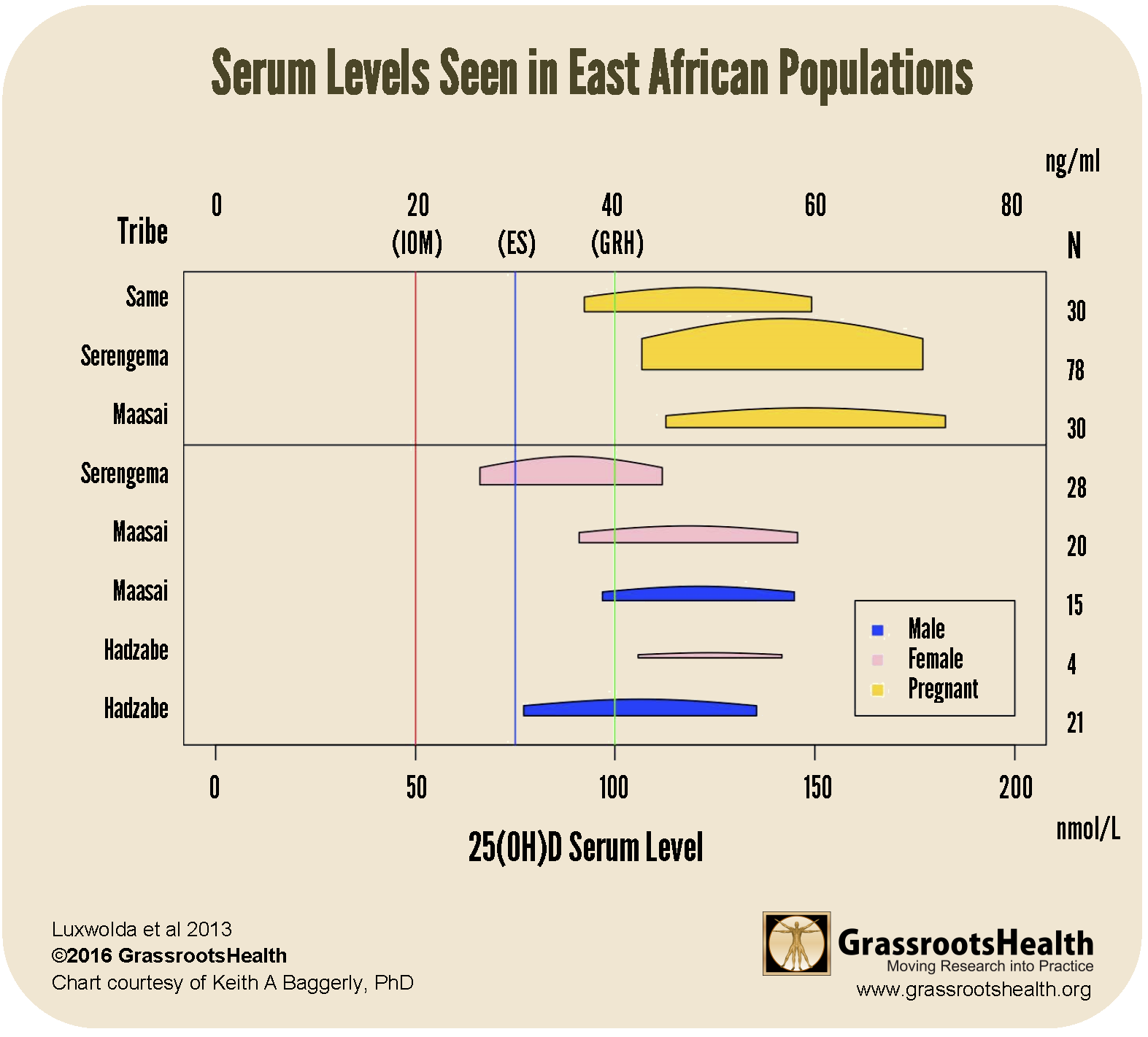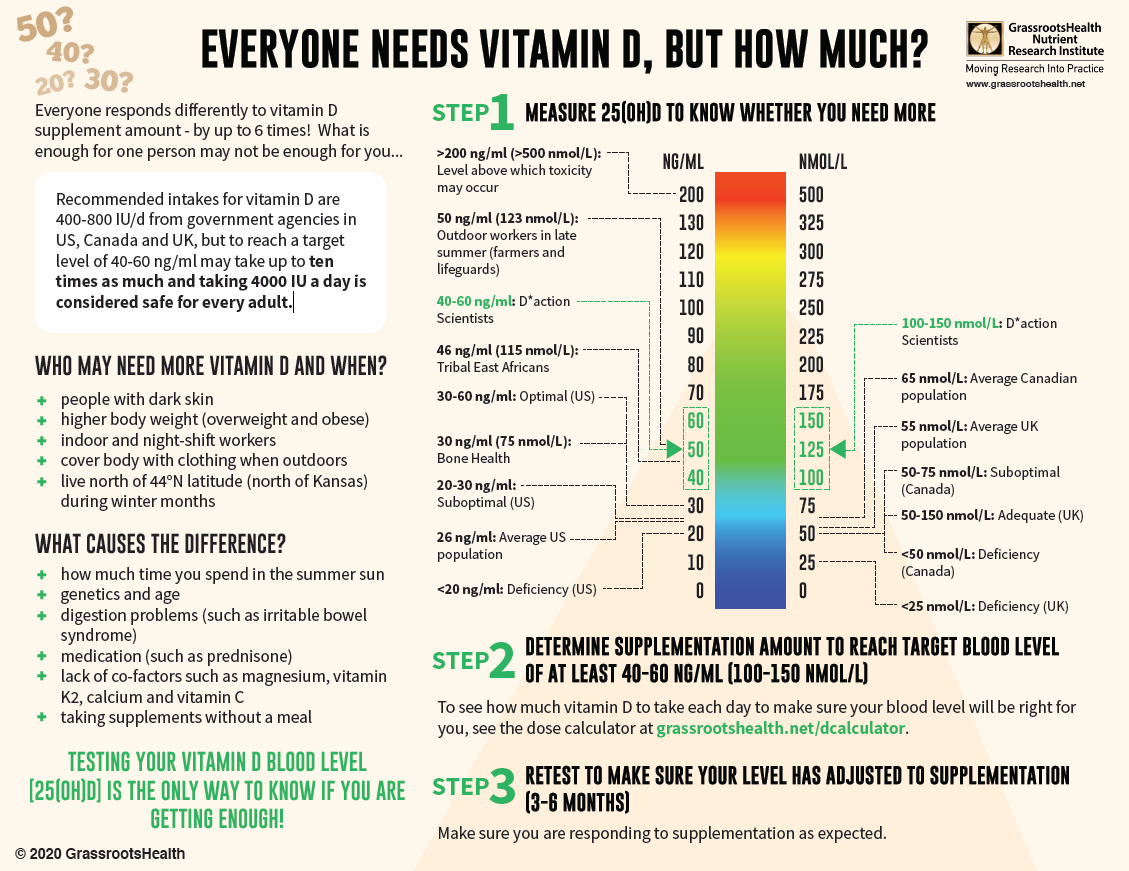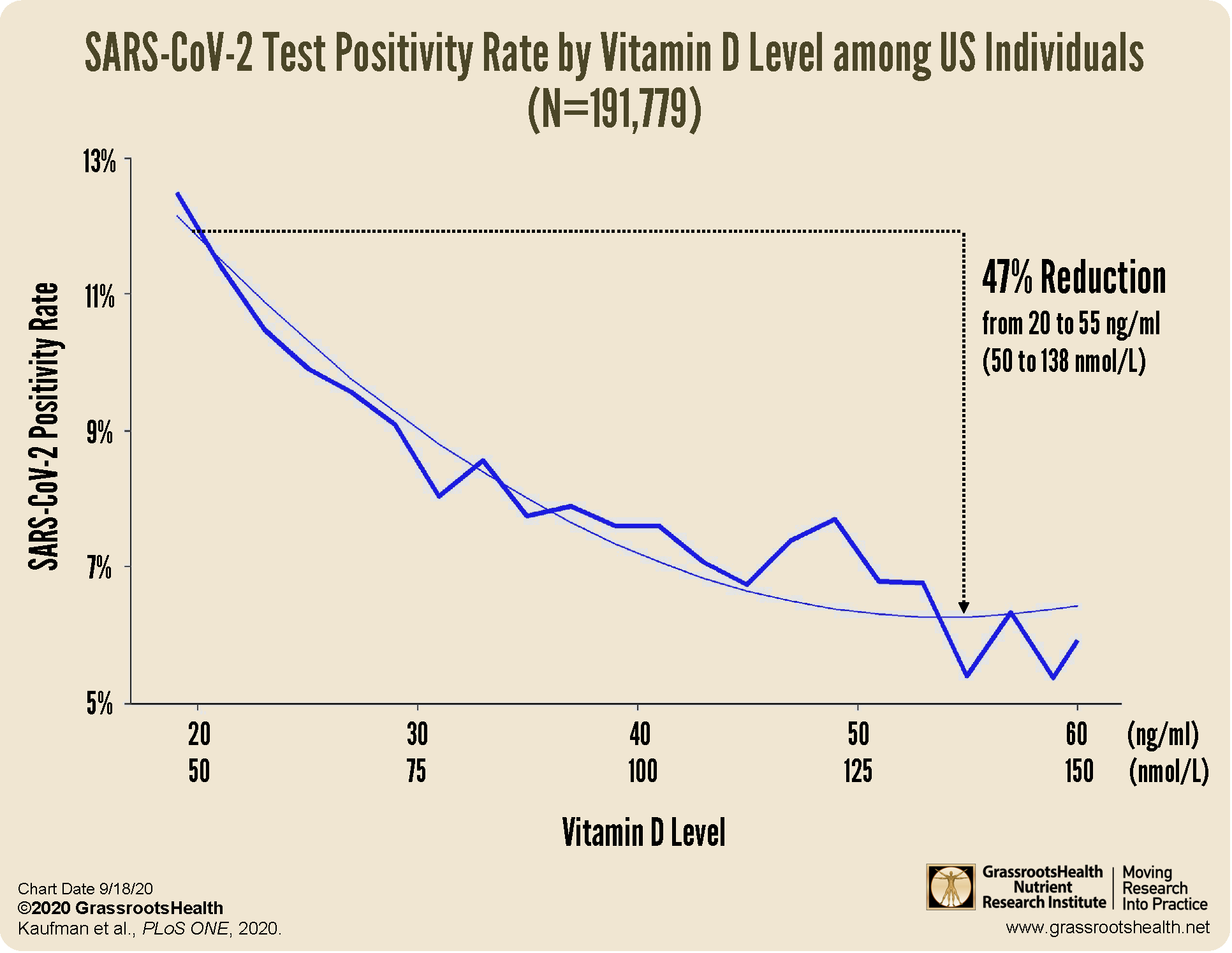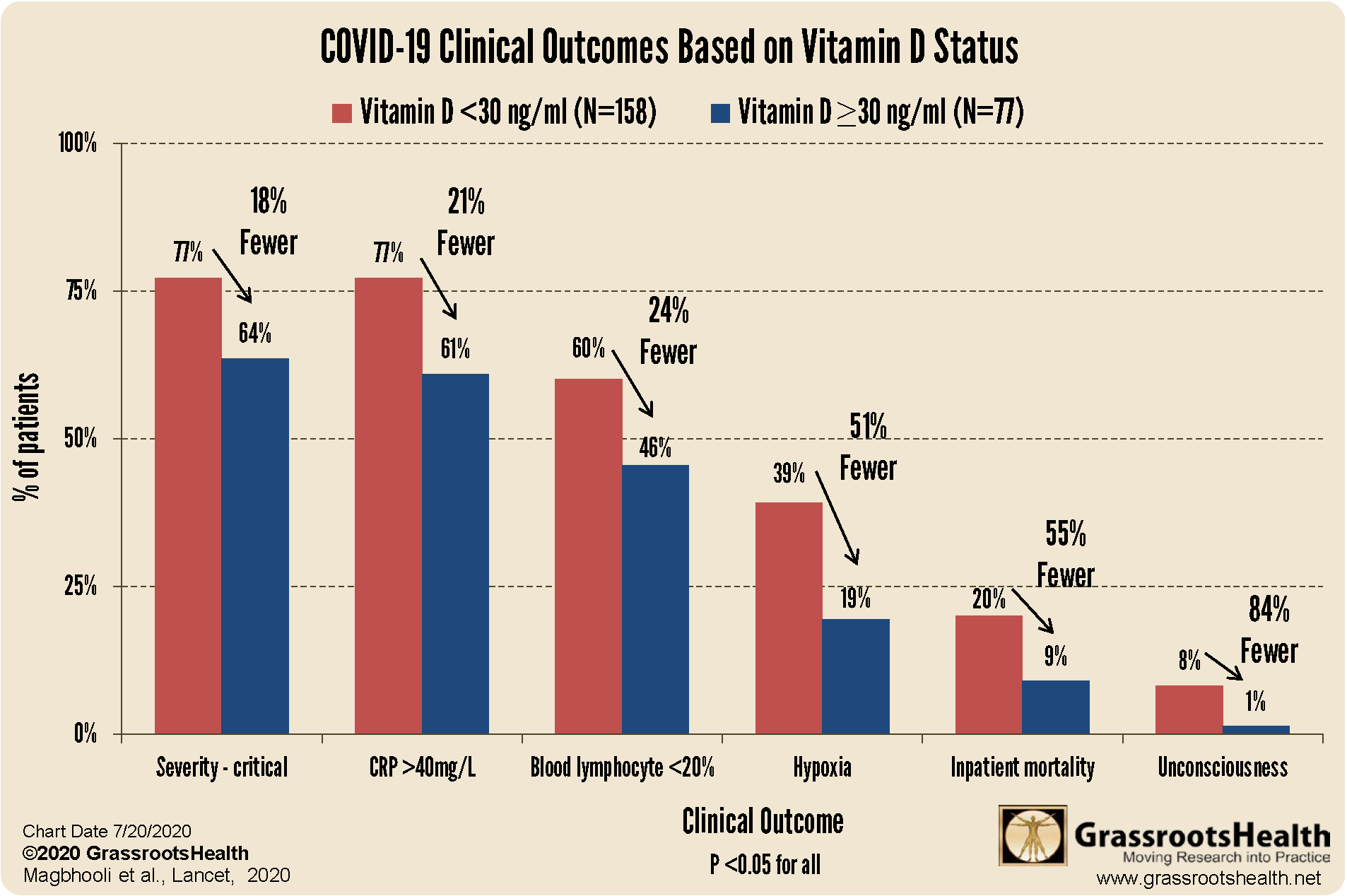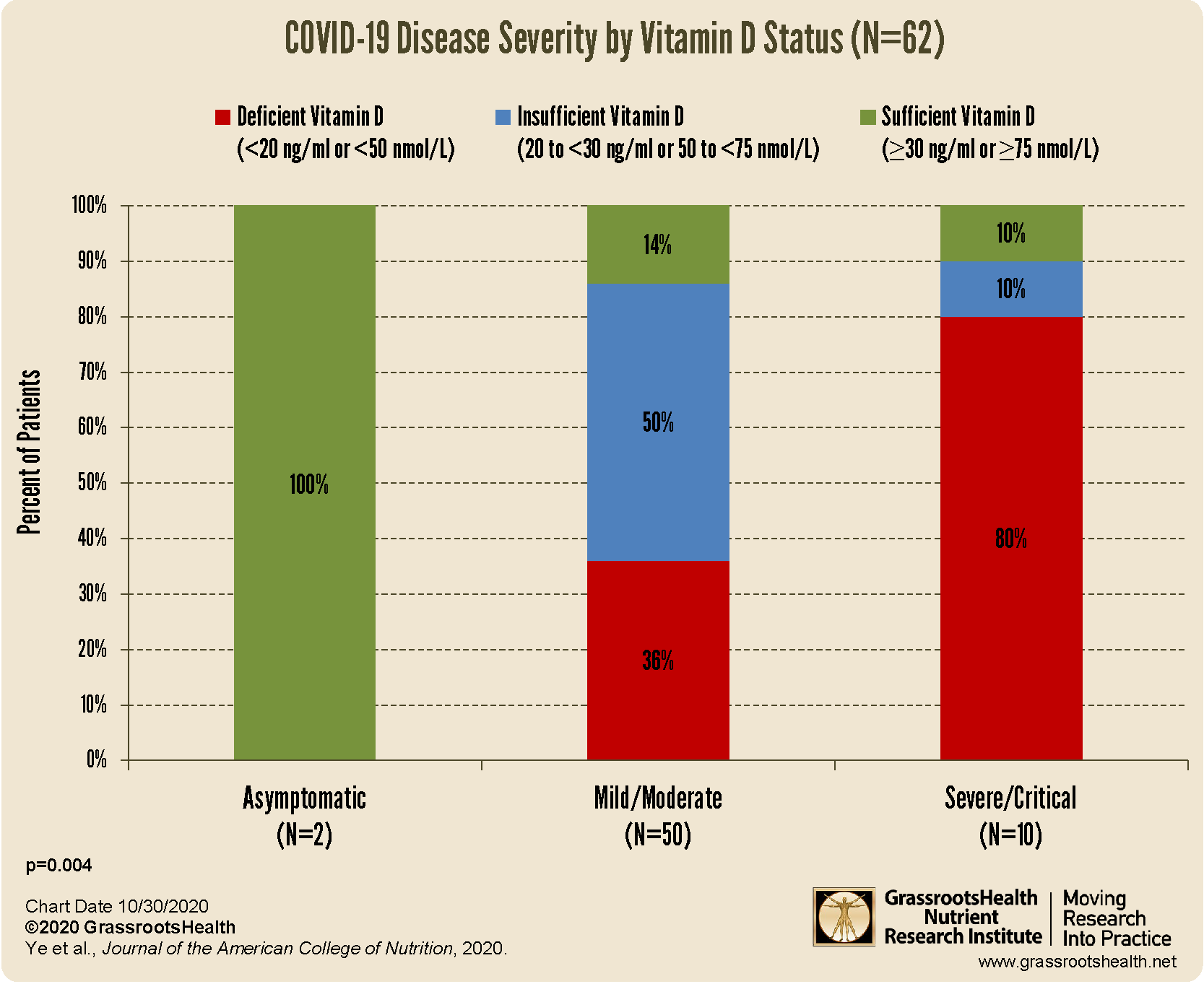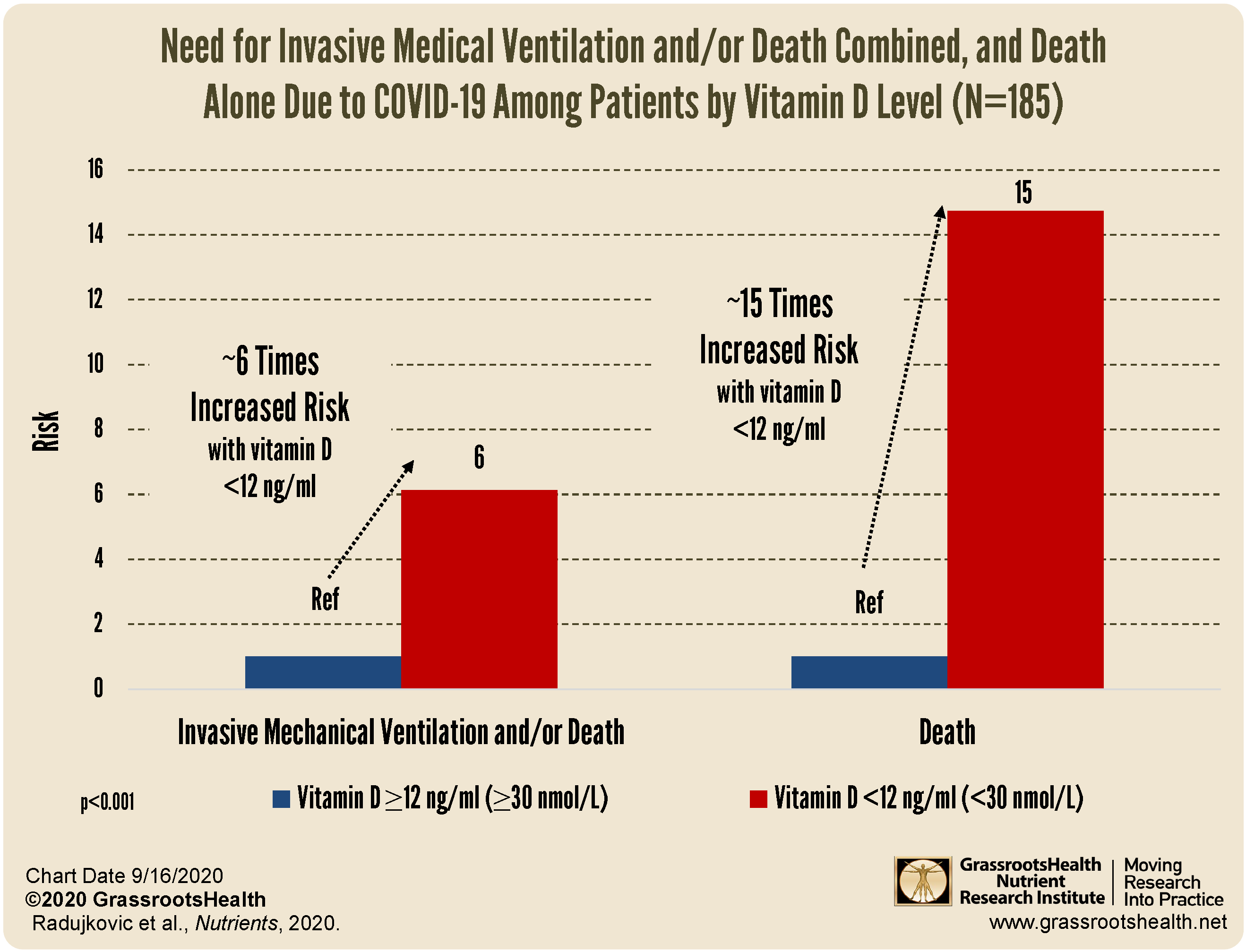Published on May 14, 2021
The body can easily produce enough vitamin D from sunshine or artificial UVB, but how do you know if you are ‘using’ it correctly?
The main source of vitamin D is meant to be sunshine. As explained by Dr. Edward Gorham in this recorded lecture, UV, the original source and how to use it, our bodies have evolved with the sun to be able to use UVB for vitamin D synthesis.
As you can see in the image above, there are generous amounts of UVA in sunlight at all times, which does have its benefits, but little to no UVB, which is what we need to produce vitamin D. Overexposure to UVA could be associated with an increased risk of skin cancer, so it is important to know when and how to use sunlight in order to maximize its benefits and minimize any harm.
How Can You Tell if You’ve had Too Much Sun?
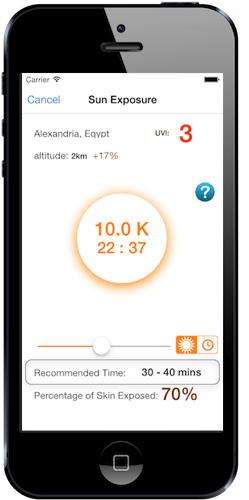 The answer is simple – just don’t burn! Enjoying the sun safely while taking care not to burn can help to provide the benefits of sunshine without unduly raising the risk of skin cancer. Keeping track of your time in the sun before covering up can be one of the most helpful tools to prevent sunburn when enjoying the sunshine for extended periods.
The answer is simple – just don’t burn! Enjoying the sun safely while taking care not to burn can help to provide the benefits of sunshine without unduly raising the risk of skin cancer. Keeping track of your time in the sun before covering up can be one of the most helpful tools to prevent sunburn when enjoying the sunshine for extended periods.
Another tool is dminder, a free app for your phone that helps you determine proper sun exposure based on how much skin is exposed, alerts you before you burn, and estimates your vitamin D production. You can personalize the app by entering your age, height, weight, skin type and location. Based on your location, dminder tracks the weather and current UV Index and can alert you when it is possible to make vitamin D based on that location. If you choose to link your dminder account to your GrassrootsHealth participant account, it can even track and send daily vitamin D production directly to GrassrootsHealth!
How Can You Tell if You’re Getting Enough Sun?
Dr. Alexander Wunsch is a medical doctor and light biologist from the Wismar University of Applied Sciences in Germany. He researches, consults and teaches on the effects of light, color and radiation on human physiology and the environment. In his lecture titled Importance of Measurement, he defines measurement as a means of understanding. Measurement enables us to do the research needed to identify the steps we need to take for improving our health and bettering our lives.
What is the measurement used to determine how each individual responds to sunshine?
Measure the vitamin D!
As Dr. Gorham clearly states in his video mentioned above, “When it comes to vitamin D, one size doesn’t fit all – but we do have the universal marker, 25(OH)D to rely on, so that is where we should turn our attention.”
Because the amount of UVB available from sunshine at any given moment and any given location varies, how much vitamin D we can make is extremely variable. Other factors include our skin color, the amount of clothing or sunscreen we are wearing, our time in the sun, and other conditions that affect vitamin D production. Our bodies have the ability to produce what is called an “erythema dose” of vitamin D – a term used by doctors to define the amount of ultraviolet radiation which results in a reddening of the skin. A minimal erythema dose is defined by a pinkness of the skin about 1-6 hours after sun exposure, going away within 24 hours. There is no single erythema dose or sun exposure time recommendation, due in part to skin type and other individual differences in vitamin D production, but one minimal erythema dose is equivalent to roughly 10,000 – 25,000 IU of supplemental vitamin D, and studies show that it lasts about two times longer than oral vitamin D.
What Are Recommended Vitamin D Levels, and can they be Achieved through Sun Alone?
One of the initial goals of GrassrootsHealth was to determine a recommended range for a target vitamin D level that could achieve the best health outcomes for the majority of the population. The consensus reached was 40-60 ng/ml (100-150 nmol/L), and each and every one of our now 48 scientists on that panel agree that this level is not only safe, but also a desirable target for the benefit of multiple health outcomes, including prevention of cancer, heart disease and respiratory infections such as COVID-19.
To determine the optimal vitamin D status from an evolutionary perspective based on evidence that humans originated in East Africa, Martine Luxwolda and Remko Kuipers, two Dutch researchers, assessed the vitamin D levels among 60 traditionally living Africans. They found that the average vitamin D level from members of two ethnic groups was 46 ng/ml (115 nmol/L) and that 72% had levels of 40 ng/ml or higher. In a second study, these researchers assessed vitamin D levels among 449 traditionally living Africans from five ethnic groups. Similar to their first study, they found that the average vitamin D level was 43 ng/ml (107 nmol/L) in non-pregnant adults and 56 ng/ml (139 nmol/L) in pregnant women as shown in the chart below.
Additionally, GrassrootsHealth tested the vitamin D levels among a group of San Diego beach lifeguards at summer’s end. The average vitamin D level was 45 ng/ml, and the majority of the lifeguards (69%) had vitamin D levels at or above 40 ng/ml. Since none of the lifeguards reported taking vitamin D supplements, observed vitamin D levels are primarily from sun exposure.
What is the Chance You Need More Vitamin D?
Vitamin D deficiency is abundant. Data from the National Health and Nutrition Examination Survey (NHANES), which collects health information from a representative sample of individuals living in the United States, shows the vitamin D levels for those aged 18 years and older by year (2001 to 2014). The average vitamin D level increased from 25 ng/ml in 2001-2002 to 28 ng/ml in 2013-2014 (62 to 69 nmol/L). The percent of adults below 20 ng/ml decreased from 26% to 23% during the same time period and those less than 40 ng/ml decreased from 94% to 87%. Even with these slight improvements, almost 90% of U.S. adults in the NHANES data set have a vitamin D level below the recommended range of 40-60 ng/ml!
Vitamin D Deficiency is Easily Corrected
While most of us cannot achieve a vitamin D level of 40-60 ng/ml (100-150 nmol/L) from sun alone, either due to our lifestyle, where we live, or other circumstances, we can certainly reach those levels with the right amount of supplementation.
Studies have also shown that recommended vitamin D levels (>40 ng/ml or >100 nmol/L) can be reached using sunbeds containing UVB and following time exposure guidelines for your skin type, without adverse events. More on this topic coming soon!
What Amount of Sun or Supplement is Right for You?
Everyone responds differently to vitamin D. The only way to tell if you are getting enough is to test your level – from there, use the vitamin D*calculator to help you determine a dose of vitamin D to achieve your desired target level, and choose either a regular daily maintenance dose (to reach your goal in approximately 3 months), or start with an initial “loading dose” to help bump it up more quickly (loading doses do not go above 25,000 IU per day, which is the amount our bodies can produce from proper sun exposure, and can help us reach our target level within only weeks).
Our vitamin D experts recommend testing twice per year – once during or just after the winter (when levels are most likely at their lowest), and once during or just after the summer (when levels are most likely at their highest). When is the last time you checked your vitamin D level?
Make Sure You are Getting Enough Vitamin D TODAY!
With almost 90% of the general population having vitamin D levels below the recommended 40-60 ng/ml (100-150 nmol/L), it is obvious that most people need more vitamin D. While most of us cannot achieve a vitamin D level of 40-60 ng/ml from sun alone, either due to our lifestyle, where we live, or other circumstances, we can certainly reach those levels with the right amount of supplementation.
Below is a guide for how much you might need, and who may need more. Your levels can be tested safely at home – order your home test kit today.
By joining the GrassrootsHealth projects, you are not only contributing valuable information to our study, but you are also gaining knowledge about how you could improve your own health through measuring and tracking your nutrient status, and educating yourself on how to improve it. Do you know what your status of vitamin D, omega-3s, and other essential nutrients is? Could your levels be improved? Test now to find out!
 We now have a NEW GIFTING SERVICE that allows you to quickly send ‘Gift Cards’ to friends, family and coworkers who you consider might need immediate access to testing, and to Claim the Joy of Your Health TODAY. Give the gift today!
We now have a NEW GIFTING SERVICE that allows you to quickly send ‘Gift Cards’ to friends, family and coworkers who you consider might need immediate access to testing, and to Claim the Joy of Your Health TODAY. Give the gift today!
What does the Research Say about Vitamin D & COVID-19?
It’s TIME to start saving lives! If you can help PREVENT the majority of the death, it’s time! What’s it costing you/us not to take action NOW?
There is much published research that supports a clear link between vitamin D and COVID-19 showing that higher vitamin D levels are related to:
a decreased risk of testing positive for COVID-19
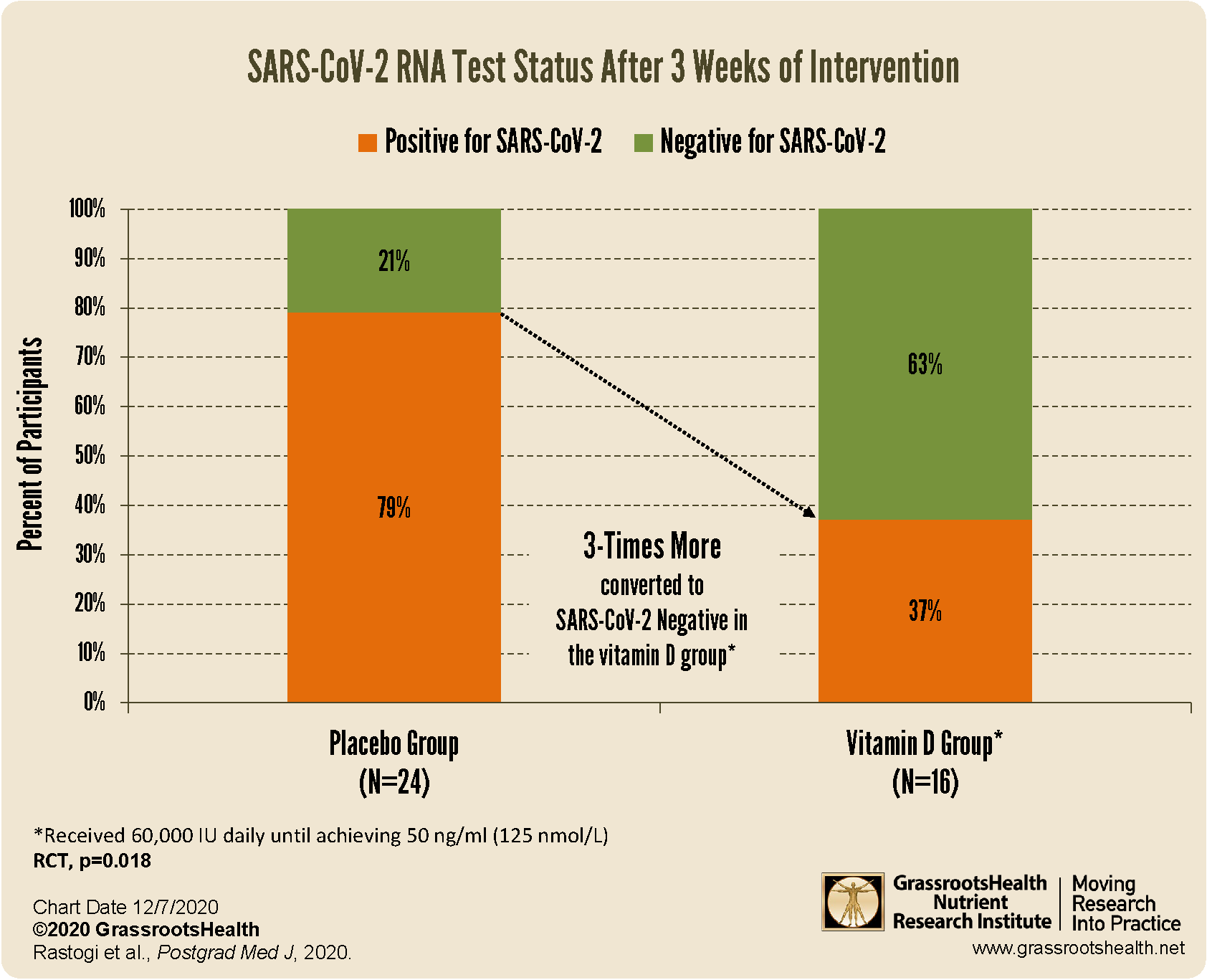 increased viral SARS-CoV-2 RNA clearance
increased viral SARS-CoV-2 RNA clearance
better clinical outcomes among patients with COVID-19
decreased risk of death due to COVID-19
Be sure to educate yourself on the benefits and importance of vitamin D for immune health, and take steps to ensure you and your loved ones are getting enough.
You can review all of the COVID-19 and immune health information we have shared on this page.


